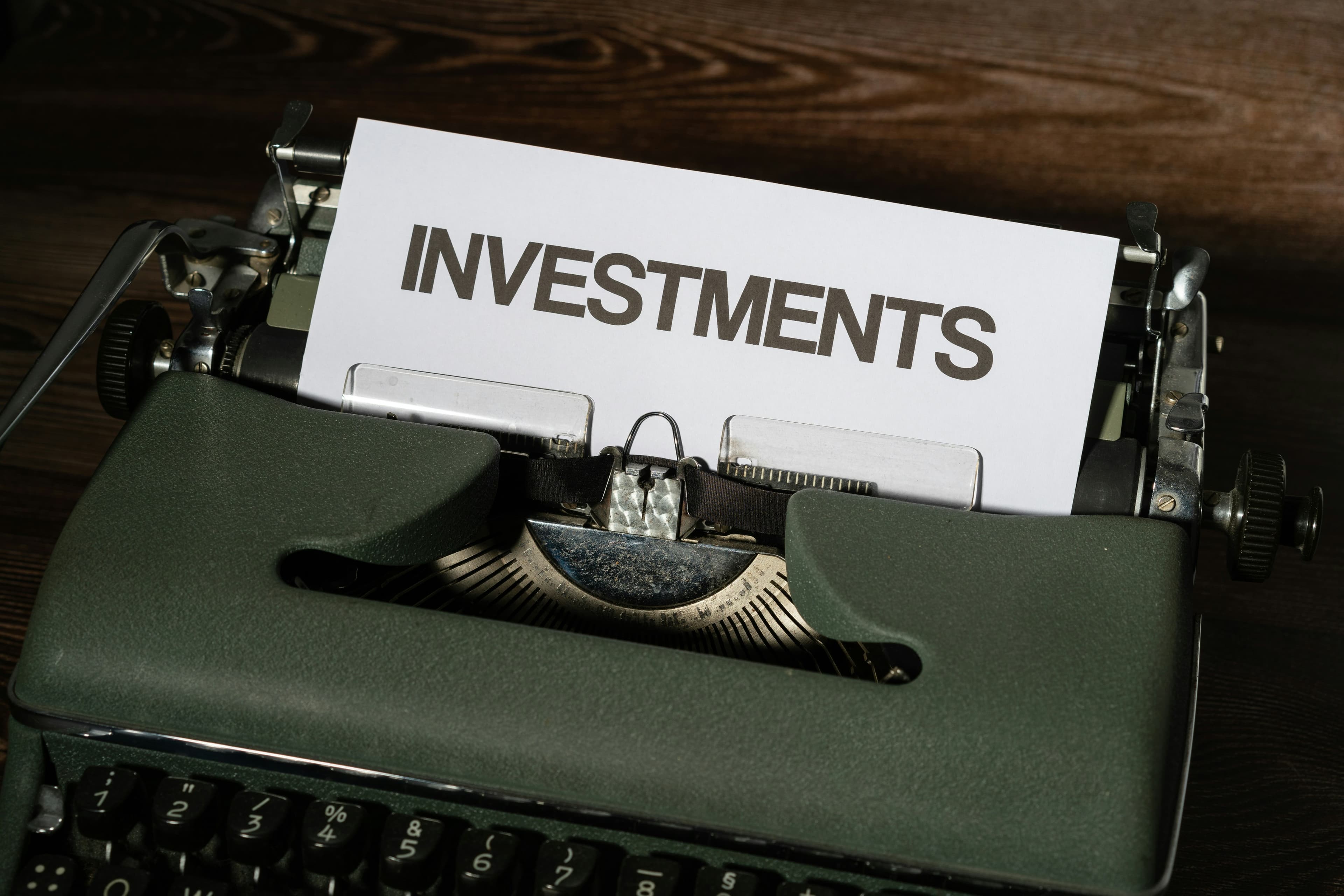My First Business Taught Me Everything About Investing

Before I became the Founder and CIO of Capital Innovations, before my work was featured in , and long before I wrote , I was the youngest of five kids growing up south of Pittsburgh. My worldview wasn't shaped in a classroom; it was forged at the family dinner table.
My father was a World War II Marine veteran who saw combat in the Pacific. His stories were about overcoming incredible odds, like how his family lost everything in the Great St. Patrick’s Day Flood of 1936. The message was clear and often laced with military-style profanity: everyone in the family needed to be a producing asset, not a liability. You had to generate cash flow. I learned early that grit, hard work, and self-sufficiency were everything. This wasn't just a philosophy; it was a survival guide.
My first job, at age eight, was answering a second phone line that rang into our kitchen for my family's real estate business. By ten, I was framing houses as an unskilled carpenter because my math skills were better than my customer service. It was my first real lesson in a .
The Landscaping Business That Taught Me Capital
At twelve, I convinced my friend Sammy Rockwell to partner with me on a landscaping venture. As budding teenagers, we called it “S&M Lawn Service.” The looks we got from housewives as we pulled up in our truck were, let’s just say, memorable. By sixteen, I’d bought a Scottsdale pickup, invested in more equipment, and landed our first commercial contract. in my teens was an invaluable crash course in capital allocation. P&L statements, marketing, payroll, and logistics weren't abstract terms in a book—they were the tangible realities of my daily life. It was all about cash flow.
This hands-on experience led me to a quantitative economics degree and an internship at Lehman Brothers. There, I spent three years building an asset allocation software program for brokers while also doing municipal bond analysis. It was a strange balancing act, but it taught me about gauging risk, calculating tax-exempt yields, and, you guessed it, the predictability of cash flow. The old saying at Lehman was that while individual securities are unpredictable, cash flow is not.
After working at some of the world’s largest asset management firms, I started my own, Capital Innovations, in 2007. We focus on real asset investing, and the principles I learned from my teenage are the same ones I use today.
Why Cash Flow Is Your Best Defense Against Inflation
Most people don't lose sleep over inflation, but they should. Between 1900 and 2019, inflation averaged 3% per year. That might not sound like much, but at just 2% annually, your purchasing power is cut by 45% over 30 years. This introduces “longevity risk”—the very real possibility of outliving your financial resources.
An institutional asset allocation framework is built on two things: economic growth and inflation. This leads to four primary categories in a portfolio:
- : Preserves capital and hedges against deflation.
- : Generates returns that aren't tied to the direction of equity and fixed-income markets.
- : Offers long-term capital appreciation.
- : Hedges against unexpected inflation and produces long-term total return.
Today's investors are dealing with a new level of complexity. Government actions in 2020 have introduced massive volatility, uncertainty, and ambiguity. We’re seeing wild swings in policy, and the rise of passive funds like ETFs concentrates risk, making market corrections more extreme. Investors often hesitate to diversify into products they don't understand, which only limits their options.
A Simple Strategy for a Complex World
A look at inflation over the last two decades shows a clear pattern. The more government is involved in a service (like healthcare or college tuition), the more prices increase. The more international competition there is for a good (like electronics or toys), the more prices fall. This is a crucial insight for wisely.
To navigate this, institutional investors use a mix of sectors with low correlation to each other. This reduces risk and ensures the entire portfolio doesn’t move in lockstep when market conditions change. My personal and professional approach has always been to dedicate a healthy portion of a portfolio—about 10% to 20%—to real assets like infrastructure, natural resources, and .
The goal is simple and threefold: deliver income (cash flow), drive long-term growth through capital appreciation, and protect against inflation. This strategy is designed to and provide stability. All my experience, from as a kid to my time on Wall Street, has taught me that this focus is critical.
Inflation is going to make a comeback. Aggressive monetary and fiscal policies will see to that. Be prepared, because hope is not a strategy. The core lesson remains the same: cash flow is always king.







